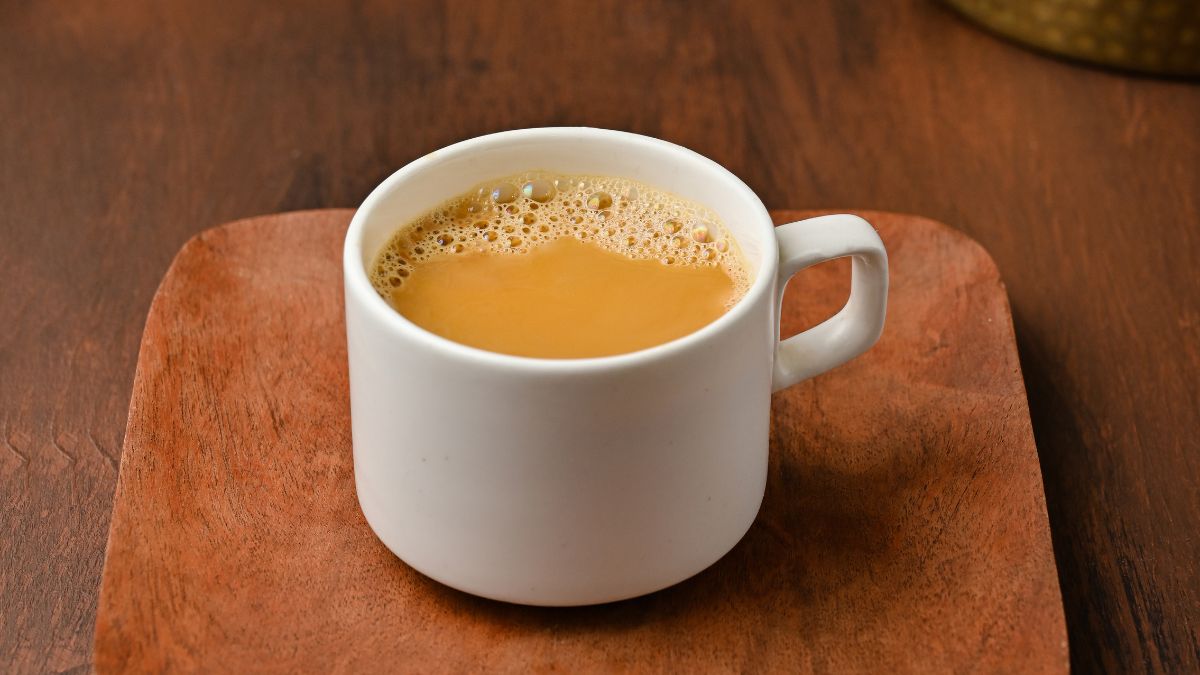Microwave is an essential appliance in our kitchens today. It is a convenient aid for reheating and cooking food. There have been numerous articles and research about the safety of microwave use, both pro and cons have been discussed in detail. Microwaves use high frequency radio waves. When these hit water or water containing items like food, it produces heat and helps cook it or warm it. WHO, in its statement on microwave safety, has stated that it is safe to cook in microwave and that the nutritional value of food is not affected majorly.
While cooking in a microwave oven is safe, the material of the cookware matters. Our use of plastic in the kitchen is increasing because of the convenience, but the truth is that it is detrimental to our health and the planet.
Why is plastic unsafe, especially for microwaving our food?
Plastic contains two chemicals - Phthalates and Bisphenol A (BPA), these help keep the shape of the containers. These substances are established as "endocrine disruptors". Scientific evidence points that these two compounds affect the functioning of hormones like estrogen and testosterone. Both are reproductive hormones and affect the reproductive health and also have an impact on the growth and development of children, as stated by the Paediatric Environmental Health Speciality Unit US.
WHO has also stated that when we microwave in plastic containers, there is an increased leaking of these chemicals in the food.
(Also Read: Is It Safe To Heat Food In Microwave? Expert Reveals)

Plastic is commonly used to cook and heat food in microwave
Which plastic is safe for use?
The general guidelines that are promoted for safe plastic use in microwave is that plastics that contain phthalates, styrene or bisphenols should be avoided. Try and look for containers that may have markings of "bio-based" or "greenware," The Environmental Working Group US, suggests that even for storing in plastic, look for BPA-free stamp. Harvard Health advises against the use of the plastic containers that we buy with our products. When we use containers that we get with ice-creams or butter etc. in, should be discarded. We, Indians, use these for storing food, which can also be dangerous especially if they are scratched or cracked. In this situation also, the chemicals leach into the food. Using these for reheating can be very unhealthy. Take away food trays should also be kept out of the microwave.
(Also Read: 3 Easy Microwave Snacks You Can Try At Home )
Eat safe, heat safe.
1. Use glass and ceramic bowls and plates to heat/cook food in the microwave.
2. Use ceramic/glass covers instead of plastic to cover the food as plastic covers will also leach harmful chemicals with condensation.
3. If you have to use plastic, choose phthalate-free and BPA-free products.
4. Transferring hot food into plastic containers is also unhealthy.
5. If you use plastic containers to freeze food, transfer the same into ceramic or glass containers before thawing in microwave.
Plastic is here to stay, the need is to educate ourselves on how to buy the least harmful and to make the effort of using non-plastic cookware to make our food. Some plastics are definitely safer than others so choose those and keep the single use plastics at bay.
About Rupali DattaRupali Datta is a Clinical Nutritionist and has worked in leading corporate hospitals. She has created and lead teams of professionals to deliver clinical solutions for patients across all medical specialties including critical care. She is a member of the Indian Dietetic Association and Indian Association of Parenteral and Enteral Nutrition.













